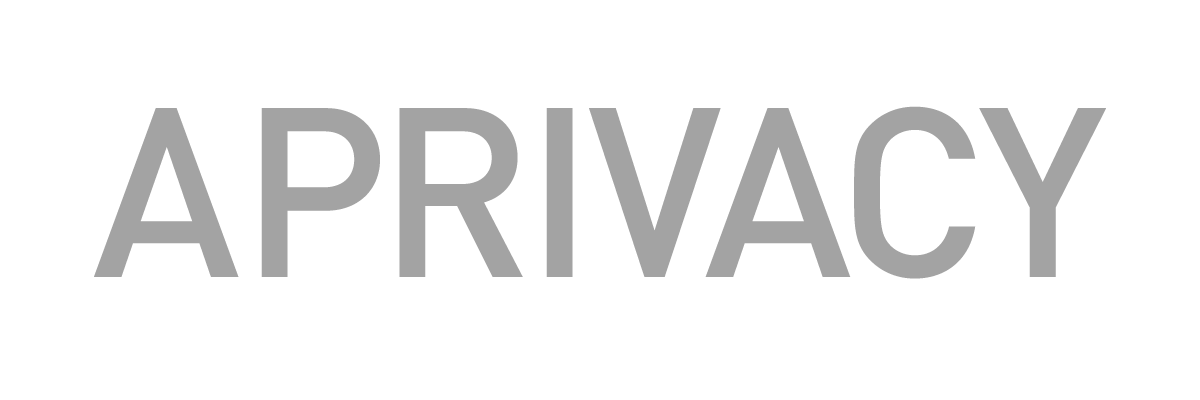In today’s financial services world, competition is fiercer than ever for new business. How financial services companies communicate with their customers is a key part of the overall customer experience. Customers who do not receive correspondence from their financial services providers by their preferred channels are more likely to switch provider. It’s clear that meeting customer expectations around ongoing communications can be a big differentiator. In the past, regular correspondence such as monthly statements were paper-based and sent by post. For a long time, financial services organisations have been trying to reduce paper and switch customers to digital alternatives, but success has been limited, and millions of dollars are still spent each year on paper-based communications.
In this digital age, why is this still the case, and what are the challenges for switching to fully digital?
One major reason is that paper-based communications still have certain advantages: it is highly convenient to receive communications by regular mail. It arrives directly at your home, you don’t have to go out of your way to open it and it is easy to store. It is also available should you need to refer to it again at any time. There is a compliance advantage as well. Some forms of communication, such as bank statements and trade order confirmations are required by regulators to have a proof of delivery, and posting a letter is still regarded as having proof of delivery.
The main downside of paper-based correspondence is the cost. It was estimated that the global annual cost of printing and mailing paper-based customer communications for financial services companies totals US$20 billion.
Also, from a security perspective, sending personal information in the post is risky as postal communications can be easily lost, intercepted by malicious third parties or even accidentally sent to the wrong customer. Moreover, paper-based communications do not align with the current drive towards fully digital experiences demanded by consumers.
The most convenient way for financial services companies to send customer correspondence would be to send it as attachments to emails. However, email is not a secure channel on its own and does not provide proof of delivery.
Some financial services companies have tried to use email as a delivery channel by sending password protected PDFs. However, this is flawed in multiple ways. Firstly, in order to maintain a basic level of security, each file needs to be encrypted with its own password. Otherwise, if the password is stolen or guessed then a hacker could have access to all correspondence ever sent. Secondly, trying to securely communicate a different password for every document sent is prohibitively complex and defeats the point of trying to leverage email as a convenient channel. As a matter of fact, several banks that have tried sending password protected PDFs have reported an increase in operational costs as the amount of password reset requests resulted in them having to spend more resources on help desk support. Finally, to really put the nail in password-protected PDFs coffin – password-protected PDFs can be hacked within a matter of seconds using readily available software.
The favoured approach which many financial services providers have resorted to solve the challenges of digitally communicating with customers has been to leverage the new and shiny customer portals. Online portals now offer the full range of banking and insurance services to customers. Portals are of course, therefore, very secure. They are usually protected using two-factor authentication, meaning customers need to login using passwords as well as a physical or soft token to gain access. Having invested large sums into these portals’ services and security, as well as being able to provide proof when a document has been read or downloaded, it makes sense for financial services companies to leverage them as a way to deliver customer correspondence, such as statements to customers.
However, this represents a significant change for the customer and their experience of receiving correspondence. By using portals, financial services organisations have replaced convenient ‘push’ sending of communications with a ‘pull’ communication process, where customers are forced to login to the secure banking portals to see their latest statement, or recent trade order notification. Most customers are happy to go through the necessary authentication steps to transfer money or place some trades, but find it frustrating to have to log into a portal just to view their latest statement, recent transactions or to learn about recent changes of terms and conditions. Because of the lack of any convenient digital options, many clients continue to demand their correspondence by post.
In order to maximise the percentage of customer who switch to fully digital, and cut the high costs and risks of the paper problem, financial services organisations need a secure, compliant and convenient way to ‘push’ deliver customer correspondence to customers over their preferred channels.
One solution to the paper problem is to employ a data-centric approach to security. Solutions such as APrivacy Secure eDelivery combines both security and convenience for customers. The security is embedded in the PDF document so they can be ‘push’ sent by email, received by customers in their inboxes and accessed without the need for passwords or tokens. APrivacy Secure eDelivery also provides proof of delivery and embedded two-factor authentication that meet regulatory requirements.
If you would like to learn more about APrivacy, please contact us.
Digital Security Perfected – APrivacy Ltd. is an award-winning company which combines military-grade data security with a seamless user experience on any platform, any device, anywhere. APrivacy Ltd.’s enabling technology now allows the financial services industry to confidently communicate with clients using their favourite channels leading to increased revenues and reduced costs while meeting the strictest regulatory requirements.


